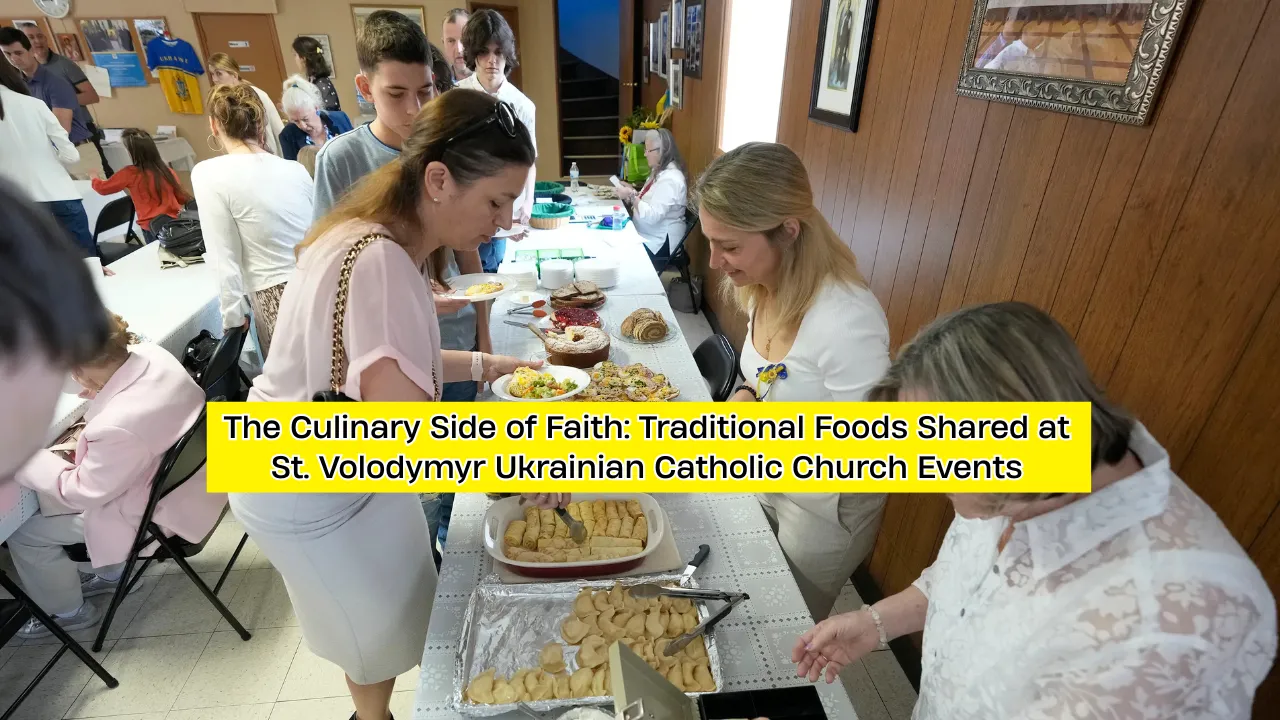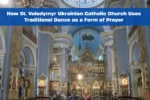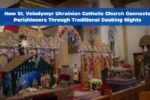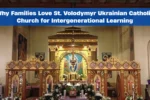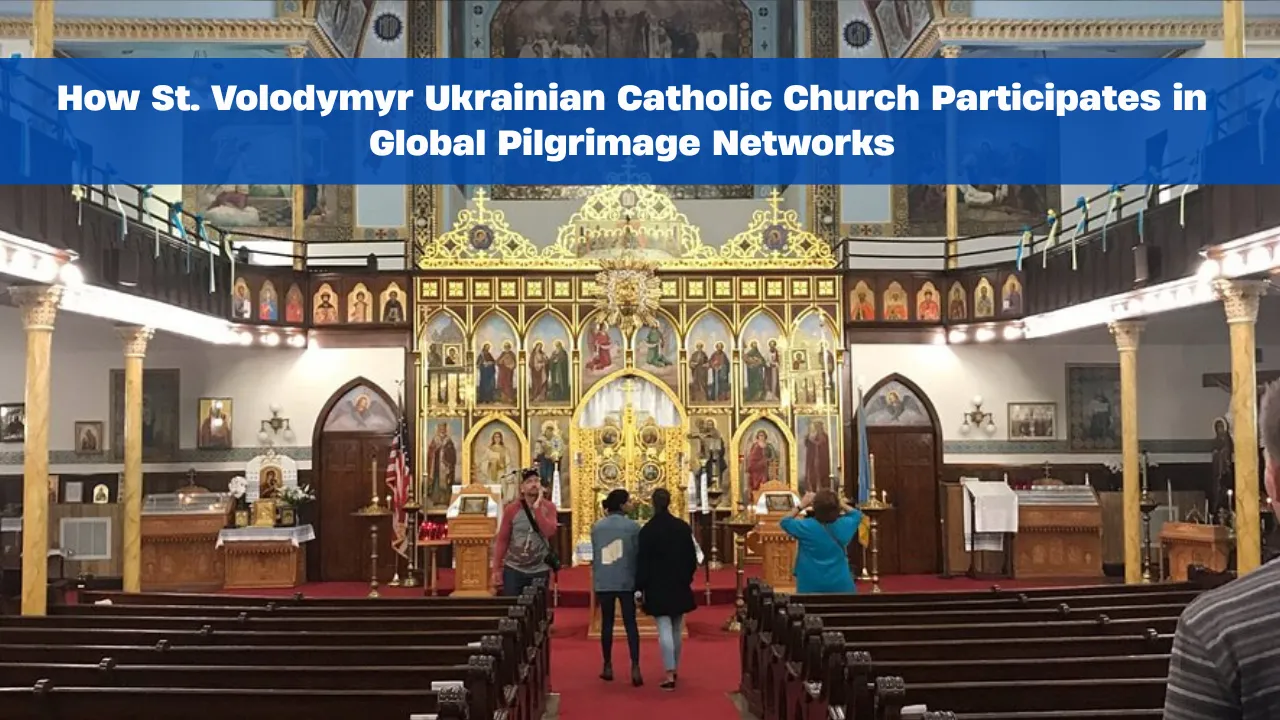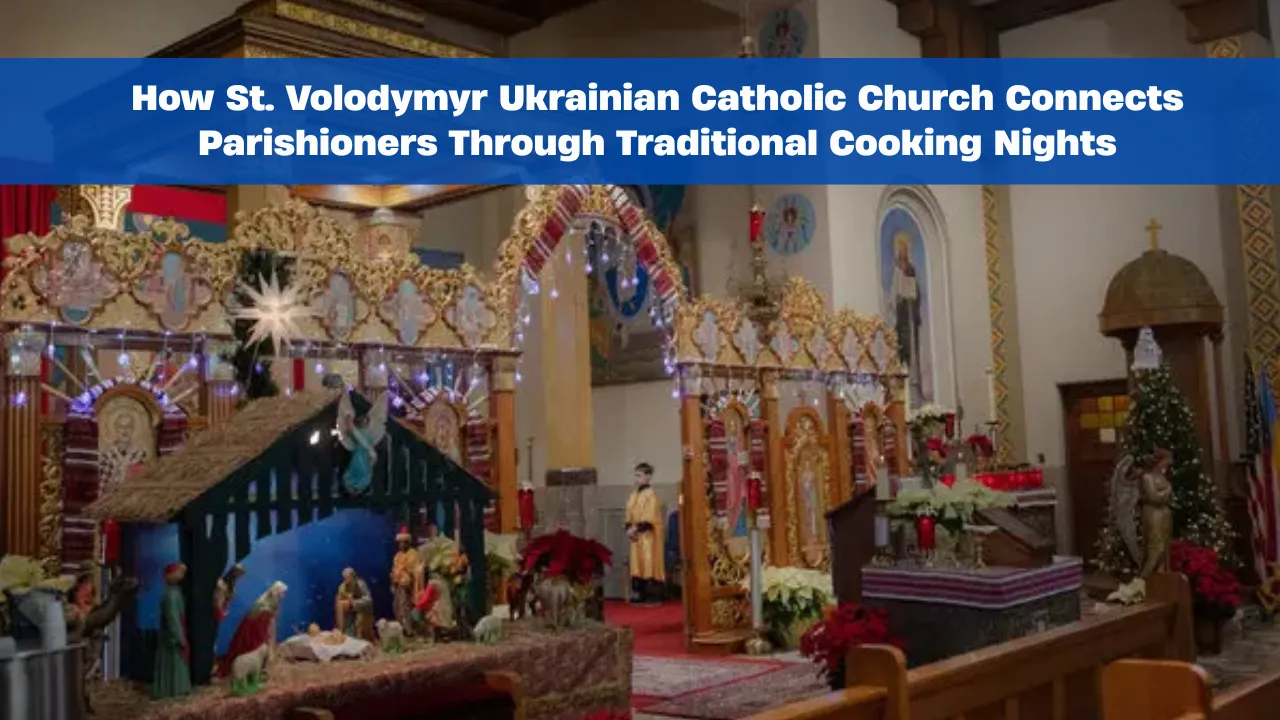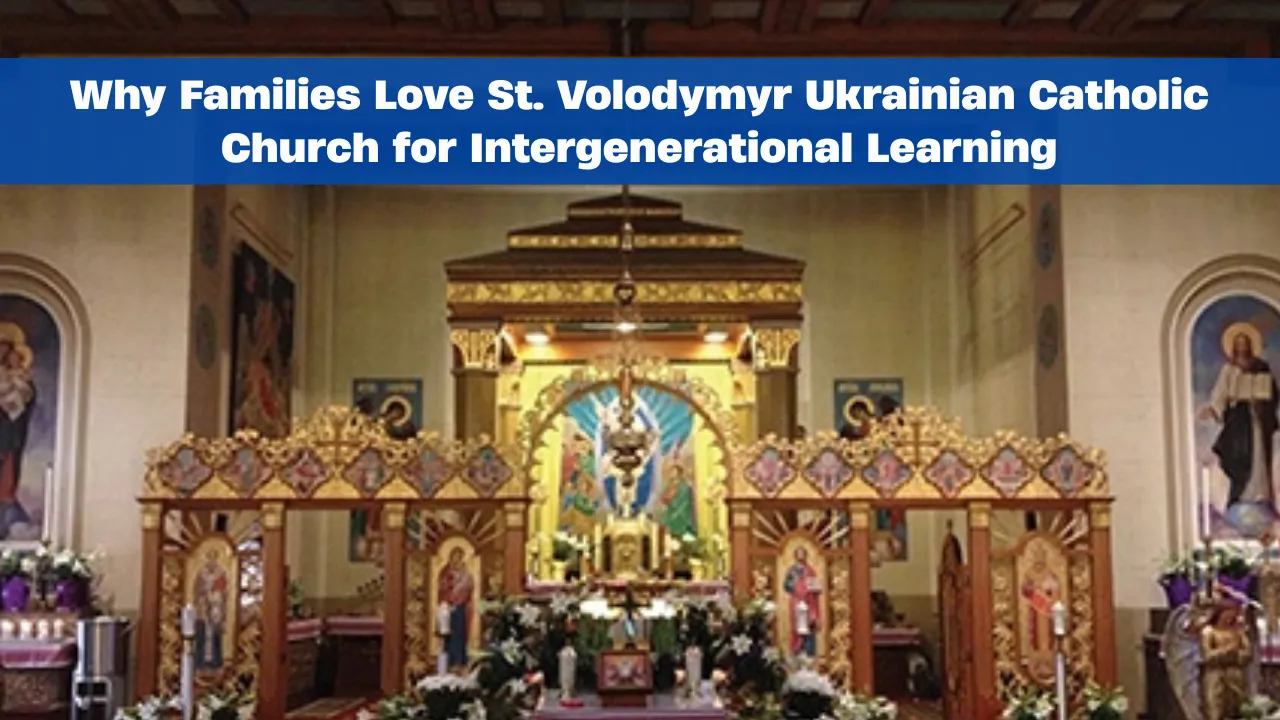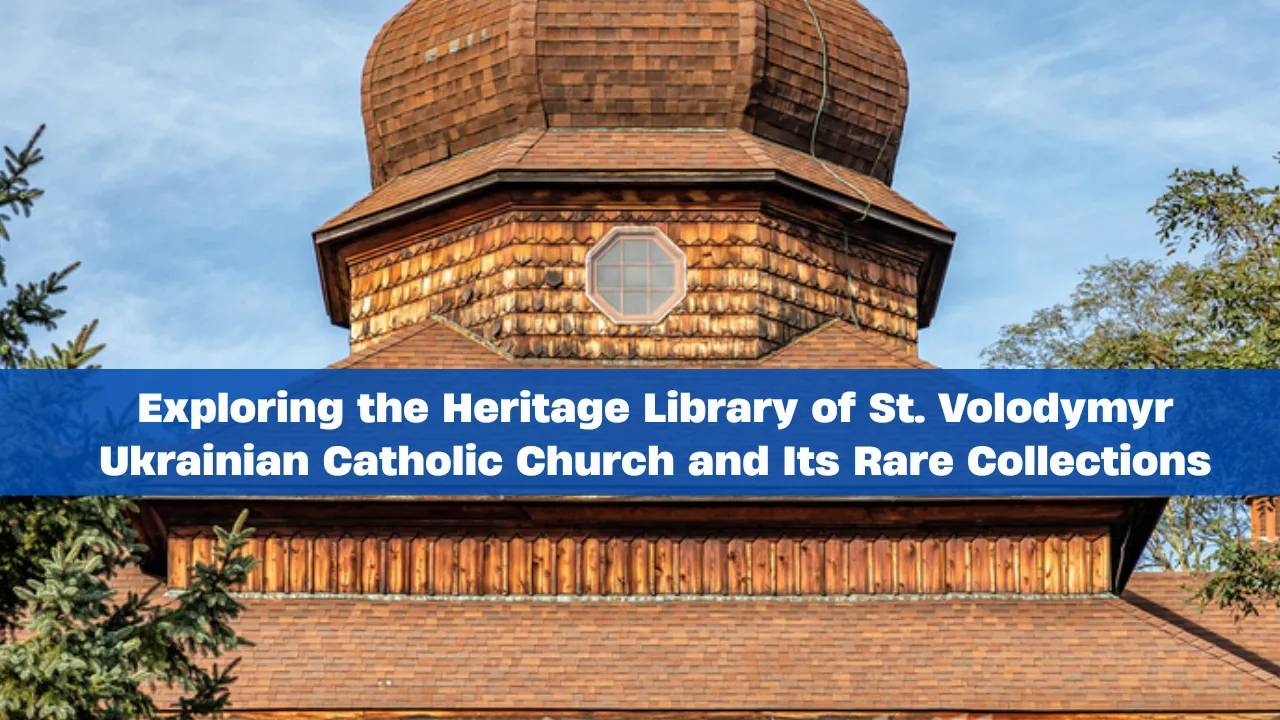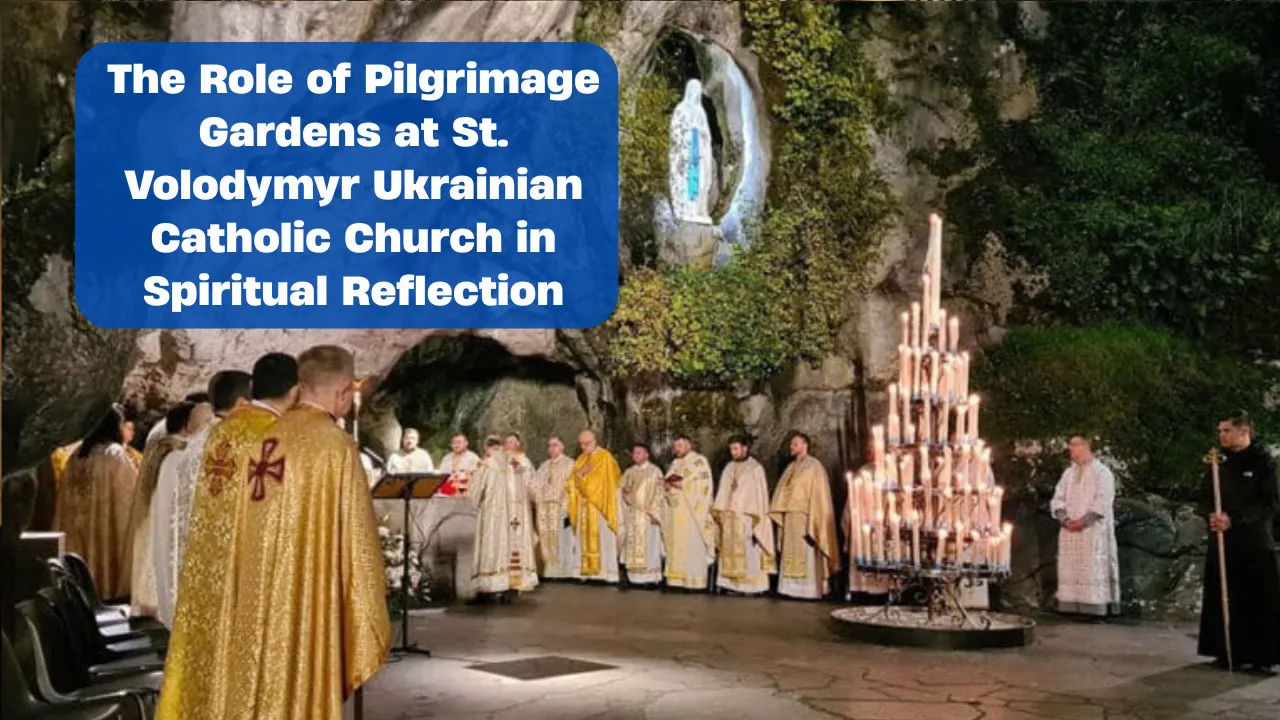St. Volodymyr Ukrainian Catholic Church is more than a place of worship; it’s the heart of a deeply rooted cultural and communal life. One of its most cherished and flavorful expressions of faith comes through its food traditions. Each event, whether religious or communal, is an opportunity to gather, cook, share, and celebrate through heritage-rich meals that tell stories of faith, resilience, and togetherness.
This article takes you inside the delicious and meaningful world of traditional foods at St. Volodymyr Ukrainian Catholic Church events. It explores how Ukrainian cuisine, steeped in centuries of history and culture, becomes a vessel for spiritual connection and community unity. We’ll look at what dishes are served, how they’re prepared, and the significant role they play in the church’s vibrant parish life.
Celebrating Faith Through Food at St. Volodymyr Ukrainian Catholic Church
At the heart of the spiritual and cultural experience at St. Volodymyr Ukrainian Catholic Church is its food. Traditional meals are more than nourishment—they’re sacred customs passed down with care. Each dish, lovingly prepared by church volunteers, carries with it symbols of faith, family history, and cultural pride. The culinary traditions here reflect a deep reverence for Ukrainian heritage, and every event where food is served becomes a moment of shared gratitude and connection. Whether it’s a feast day, fundraiser, or community gathering, food is central to how this parish celebrates and lives its faith. These shared meals are a genuine testament to the church’s living tradition, inviting both longtime members and newcomers to experience the joy of faith through flavor.
Overview of Traditional Food Practices at Church
| Event Type | Traditional Dishes Served | Purpose |
| Christmas Celebrations | Kutia, mushroom dishes, pickled vegetables | Symbolic meal honoring the nativity |
| Easter Feasts | Paska bread, ham, beet horseradish | Celebrates resurrection and renewal |
| Parish Fundraisers | Varenyky, holubtsi, baked goods | Raise funds while sharing culture |
| Holy Days & Name Days | Borscht, sausage, braided bread | Community bonding, honoring saints |
| Ukrainian Festivals | Full meal spreads with folk entertainment | Promote cultural pride and hospitality |
Cultural Significance of Food at Church Gatherings
Food at St. Volodymyr Ukrainian Catholic Church isn’t just a side dish to the spiritual life—it’s an extension of it. Every meal served at a church event carries deep cultural and religious symbolism. For example, during Christmas, a 12-dish meal represents the 12 apostles, and no meat is served, in keeping with fasting traditions. Easter meals, on the other hand, are festive and rich, breaking the Lenten fast with colorful and flavorful foods like Paska and smoked meats.
These traditions don’t just preserve culinary customs—they nurture identity. Through food, parishioners honor their Ukrainian roots, teach the next generation about faith and history, and bring spiritual meaning into everyday moments.
Popular Dishes Served at St. Volodymyr Events
At every major church event, you’ll find an impressive spread of traditional dishes that reflect the warmth and hospitality of Ukrainian culture. Some of the most beloved and frequently served meals include:
- Varenyky (Pierogies): Soft dumplings filled with creamy potato, cheese, or tangy sauerkraut, often served with fried onions or sour cream.
- Borscht: A vibrant beet soup flavored with garlic, dill, and sour cream. Served hot or cold depending on the season.
- Holubtsi: Tender cabbage rolls filled with rice and seasoned meat, slow-cooked in a tomato-based sauce.
- Kutia: A sweet dish made of wheat berries, honey, poppy seeds, and nuts, served at the Christmas Eve supper.
- Paska: Rich, buttery bread baked for Easter, often topped with traditional Christian symbols.
These meals are made with simple ingredients but packed with history and soul.
Volunteer Spirit and Preparation
Preparing food at St. Volodymyr Ukrainian Catholic Church is a deeply communal act. In the church kitchen, older parishioners teach younger volunteers family recipes that have been handed down for generations. It’s not unusual to find entire families spending hours together preparing pierogies by hand or rolling dozens of cabbage leaves.
These gatherings are as much about fellowship as they are about food. Volunteers pray, laugh, and bond over shared tasks, transforming the kitchen into a sacred space of labor and love. Cooking here isn’t about speed—it’s about intention, tradition, and serving with faith.
Seasonal and Religious Celebrations
Religious holidays are marked with special meals at St. Volodymyr Ukrainian Catholic Church, each rich in symbolism. During Lent, meatless meals like pickled vegetables, mushroom gravy, and bean-based dishes are common, reflecting the fasting discipline observed by many parishioners.
Easter is an especially important time. Families bring baskets of food to church to be blessed—these usually contain paska, eggs, meats, cheese, and butter molded into symbolic shapes. The Easter meal is joyful and generous, signifying new life and renewal through faith.
At Christmas, the Holy Supper on Christmas Eve is entirely meatless and includes twelve traditional dishes, each rooted in biblical symbolism. These celebrations strengthen the bond between cultural heritage and spiritual belief.
Community Events That Feature Traditional Food
- Church Festivals: Full of food stalls offering homemade Ukrainian dishes, attracting parishioners and visitors alike.
- Fundraisers and Bake Sales: From frozen pierogi packs to fresh poppy seed rolls, these events help finance parish projects and outreach.
- Cultural Days: Featuring folk music, dance, and authentic meals served in a lively, welcoming setting.
These events promote cultural appreciation and often act as bridges between the church and the wider local community.
A Taste of Home for New Generations
For younger members of St. Volodymyr Ukrainian Catholic Church, traditional food is a powerful way to stay connected to their identity. Cooking classes and heritage days give children and teens hands-on experience with their cultural roots. It’s not just about making dough or learning recipes—it’s about understanding where they come from and why these traditions matter.
Many young parishioners embrace this with pride, bringing family recipes to school events, cooking with their grandparents, and even teaching others about Ukrainian cuisine. This evolving relationship with food ensures that culture and faith remain vibrant and relevant across generations.
Why Traditional Food Matters at St. Volodymyr
What makes the food at St. Volodymyr Ukrainian Catholic Church so special isn’t just the flavor—it’s the meaning behind every bite. Each dish is a piece of history, a prayer in edible form, a memory made tangible. In a world that moves quickly, these meals offer something slower, deeper, and more nourishing: a sense of belonging, a shared heritage, and a connection to something sacred.
Whether it’s a steaming bowl of borscht at a winter feast or a slice of sweet paska at Easter, the food reminds parishioners of who they are and what they believe. It’s faith on a plate—and everyone is welcome to the table.
FAQs:
What is the most common dish served at St. Volodymyr Ukrainian Catholic Church events?
Varenyky (pierogies) are the most frequently served dish. They are simple, comforting, and loved by all ages.
Are church meals open to the public or only for members?
Most meals during festivals or fundraisers are open to the public. It’s a great way for newcomers to experience Ukrainian culture.
Can I volunteer in the church kitchen if I’m new?
Absolutely. New volunteers are always welcome and are often paired with experienced cooks to learn traditional recipes.
Is the food prepared fresh or bought from outside?
Nearly all food is handmade by church volunteers using time-honored family recipes. It’s a point of pride for the community.
Do they accommodate dietary restrictions?
While traditional dishes are central, the church often provides meatless or dairy-free options during certain events, especially during Lent.
Conclusion:
The traditional foods shared at St. Volodymyr Ukrainian Catholic Church events offer more than just a taste of Ukraine—they are a vibrant expression of faith, love, and community. Every dumpling rolled, every loaf of paska baked, tells a story of resilience and reverence. In a world full of distractions, this parish keeps its culture alive at the table, where faith is fed and memories are made.
If you’ve ever wondered how faith can be tasted, not just felt—start with a plate at St. Volodymyr Ukrainian Catholic Church. You won’t just leave with a full stomach, but a fuller heart. Feel free to share your own stories or experiences, and don’t forget to explore more content on Ukrainian traditions and spiritual heritage.
